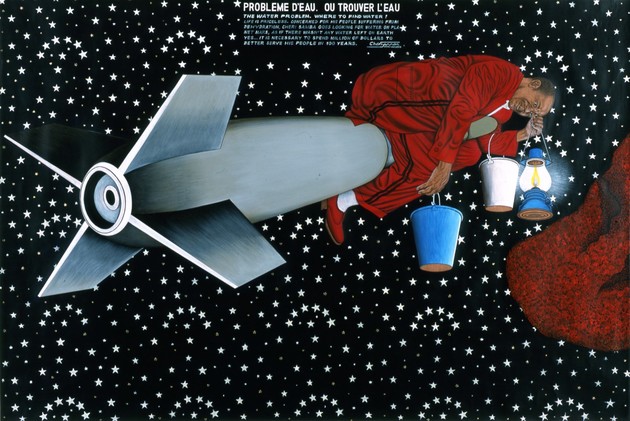
One of the strongest arguments for the broad adoption of electric vehicles is, of course, that they do not pollute. Considering that transportation, including cars, trucks, airplanes, trains and ships, produces about one-third of greenhouse emissions in the U.S., this is a powerful argument.
Astute analysts point out that the environmental penalty of generating the electricity needed to charge EVs must also be taken into account when calculating the net impact of electric vehicles. Indeed, the generation, transmission and distribution of electricity in the U.S. produce nearly as much pollution as transportation, making up some 28% of greenhouse gas emissions. On the other hand, countries that generate electricity from renewable sources do much better. For instance, Costa Rica is generating 95% of its electricity from hydro, geothermal, solar and wind.
But the environmental tax of manufacturing the batteries for electric vehicles, especially the water used in the process, is shockingly high.
3840 liters of water are evaporated in the production of a 64 kWh lithium-ion battery such as the one used in Tesla Model 3, an amount equivalent to making about 30 cups of coffee or one t-shirt. Compare this to 13 tons of water that are used in the manufacturing of a single smartphone!
But when considering the long service life of a rechargeable lithium-ion battery pack—promised to last a million miles—it is far less polluting than the manufacturing of a single t-shirt.
Of course, batteries are used not only in electric vehicles. As we continue to increase the use of renewable energy sources, more batteries will be needed to store excess energy and supply power during non-productive downtimes of wind turbines and solar panels.
Not Only Batteries
Battery manufacturing is not the only source of water waste. Water is used in nearly every stage of the auto manufacturing process: metal finishing, boiler feed, cooling towers and the paint shop require as much as 40,000 gallons of water per car.
Industry Taking Action
Water scarcity is an increasingly vital strategic issue for almost all global businesses. According to a UN forecast, by 2025, 1.8 billion people will be living in regions with absolute water scarcity, and two-thirds of the world’s population could be living under water-stressed conditions. By 2030, almost half the world’s population will be living in areas of high water stress.
Automakers have been proactive in analyzing and taking measures to reduce the environmental impact of auto manufacturing. For instance, between 2006 and 2015, European automobile manufactures improved water recirculation and reuse technologies and have reduced water consumption per car by 36%.
Ford Motor Company led the way in the automotive sustainability arena when, in 2010, it was the first automaker to join the CDP Water Disclosure initiative.
It will be decades before electric vehicles are produced in large enough numbers and replace enough internal combustion cars to make a dent in the amount of greenhouse gasses produced by cars. Automakers and, indeed, all manufacturers, must commit to long-term water stewardship and innovate new ways of mitigating the impact of climate change.
